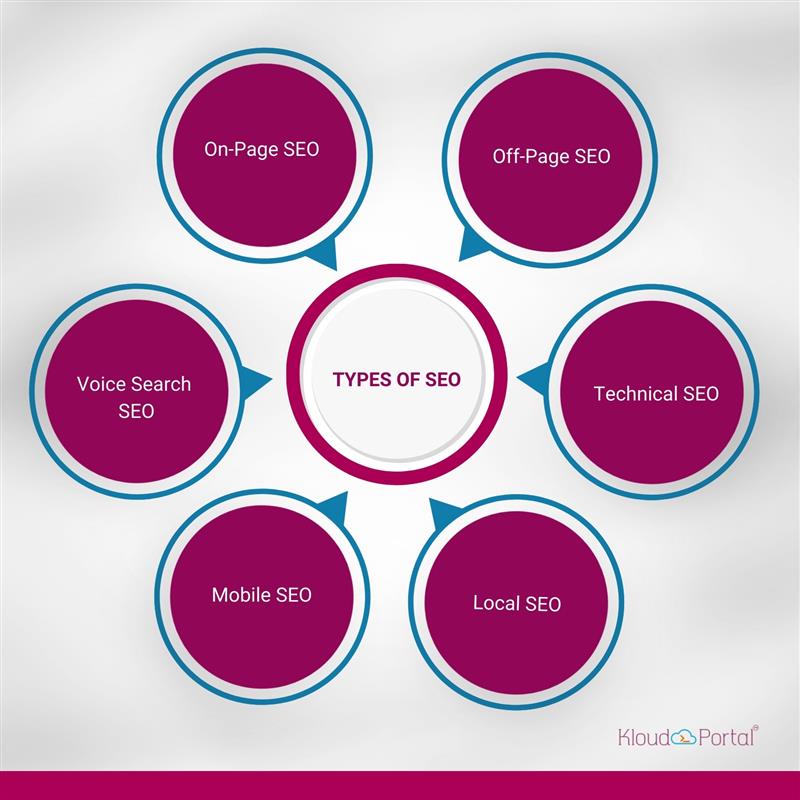
How AI Is Revolutionizing SEO: What Your Digital Strategy Needs
This article explores how AI is reshaping the SEO landscape, the strategies needed to capitalize on this transformation, and the implications for marketers aiming to future-proof their search engine rankings and attract their target audience in the dynamic digital ecosystem.
Key Takeaways
- AI automates routine SEO tasks like keyword analysis, content optimization, and competitor tracking, allowing marketers to focus on strategy and creativity.
- AI enables personalized content, optimized for voice and visual searches, ensuring relevance and improving user experience for better search rankings.
- AI-driven predictive analytics and trend forecasting help businesses adapt to emerging search formats and platforms, staying competitive in the evolving digital landscape.
The Role of AI in Revolutionizing SEO
AI is revolutionizing Search Engine Optimization by automating processes, improving accuracy in keyword analysis, and refining the understanding of user intent. By analyzing huge volumes of user behavior data, AI tools help digital marketers identify relevant keywords, optimize their content creation efforts, and tailor strategies to meet their target audience’s needs.
Key aspects of how AI is transforming SEO include:
- Enhanced Keyword Research and Relevance – AI tools for keyword research help digital marketers identify long-tail keywords and phrases that align with user intent, which refers to the particular purpose a user has in mind when searching. By analyzing billions of search requests, these tools reveal trends and opportunities that traditional methods might overlook. AI ensures keyword relevance and provides insights into market trends, which are crucial for SEO optimization.
- Improved Search Algorithms and Personalization – Modern search engine algorithms prioritize content that matches user intent. AI-powered customization tailors search results based on individual preferences, location, and browsing history. This ensures that users receive more relevant results, making it essential for marketers to produce SEO-friendly content that resonates with their audience.
- Content Creation and Optimization – AI tools simplify content creation by generating ideas, suggesting improvements, and ensuring adherence to SEO techniques . They also assist in content optimization, recommending enhancements to meta tags, structure, and readability. The result is highly engaging, SEO-friendly content that ranks better on search engines.
- Voice Search and Visual Search – With the rise of voice search queries and visual search, AI is helping digital marketers optimize for these emerging formats. Voice search requires adapting content to conversational and question-based phrases, while visual search demands indexing and optimizing visual content like images and videos.
- Data Forecasting for SEO – AI-powered predictive modeling enables marketers to anticipate search trends, forecast shifts in user behavior, and refine their digital marketing strategy accordingly. By predicting what users will search for next, businesses can stay ahead in delivering relevant content.
- Automation of SEO Tasks – AI automates routine SEO tasks such as tracking search rankings, monitoring backlinks, and analyzing competitor performance. This efficient automation frees up valuable time for digital marketers to focus on the creative and strategic aspects of their campaigns, relieving them from the burden of mundane tasks.
Explore the Top Enterprise SEO Services in India designed to enhance your brand’s online presence and deliver sustainable growth in search engine performance.
Why AI Is Essential for A Modern SEO Strategy
AI is no longer optional for achieving success in SEO; it’s a necessity. It offers unparalleled benefits in crafting effective digital marketing campaigns, enhancing client satisfaction, and staying compliant with data protection regulations. Here’s why integrating AI into your SEO strategy is vital:
- Data-Driven Insights: AI enables comprehensive analysis of user data, uncovering patterns and preferences that guide digital marketers in crafting personalized content and refining their marketing efforts.
- Better Search Engine Rankings: AI ensures higher and better search visibility by aligning content with evolving search engine mechanisms.
- Adaptation to Emerging Trends: As audio search and image search gain traction, AI tools help businesses adapt by optimizing content for these formats.
- Enhanced User Experience: AI improves customer satisfaction by delivering highly relevant and engaging content tailored to meet the unique needs of the audience.
Our Content Marketing Services are adapted to help organizations craft compelling content that resonates with audiences and drives measurable results.

AI and Content SEO Strategies in 2024
The year 2024 will witness further integration of AI into content SEO approaches, with an emphasis on creating value-driven, relevant, and engaging content. Key trends to watch include:
- Voice Search Optimization: As smart assistants expand, optimizing for voice search queries will be pivotal. Marketers should focus on conversational content and address specific user questions.
- Visual and Video Content Optimization: AI tools will enhance the ability to index visual content, ensuring that images and videos are accessible and optimized for search engines.
- Hyper-Personalization: AI will refine personalized content delivery, ensuring that users receive tailored experiences that align with their preferences and past interactions. This could include serving content based on a user’s previous search history or recommending products based on their past purchases.
- Smarter Predictive Analytics: Data forecasting, an AI, will play a central role in anticipating search request queries and trends, enabling marketers to stay proactive in their strategies.
- SEO for Emerging Platforms: AI will help optimize content for non-traditional platforms like augmented reality (AR) and virtual reality (VR), expanding the scope of SEO.
Network with the Best Digital Marketing Agency in India to elevate your brand’s online presence and drive measurable results across various platforms.
Conclusion
AI is redefining what it means to succeed in SEO, making it an indispensable part of any digital marketing strategy. By embracing AI-driven tools and strategies, marketers can achieve better search engine rankings, deliver tailored experiences, and remain flexible in a rapidly evolving digital environment. As the SEO landscape continues to change, businesses that leverage AI will be well-positioned to thrive in the competitive online marketplace.
Frequently Asked Questions
1. How is AI revolutionizing SEO?
AI is revolutionizing SEO by automating processes, improving keyword targeting, enhancing content relevance, and adapting to user intent to achieve higher search visibility and better online visibility.
2. What are the main profits of using AI in SEO?
The main profits of using AI in SEO is its ability to analyze data, streamline tasks, and optimize strategies to enhance search rankings and deliver highly relevant content to users.
3. How can businesses integrate AI into their SEO strategies?
Businesses can integrate AI into their SEO strategies by using AI-powered tools for keyword analysis, content optimization, and trend prediction while focusing on enhancing user experience and aligning with search engine requirements.

Rasmita Patro
About The Author…
Meet Rasmita Patro, a content writer, a former teacher, and a former HR with a passion for storytelling, creating compelling content that engages and informs readers. She has a Master’s in Economics and an MBA degree in Human Resources. Her expertise spans a variety of industries, including finance, healthcare, technology, and others. She has a particular inclination toward crafting blog posts, articles, and social media content that resonates with the target audience. She loves reading different genres of books, love to experiment with cooking, and listening to soothing music.












